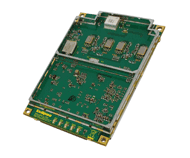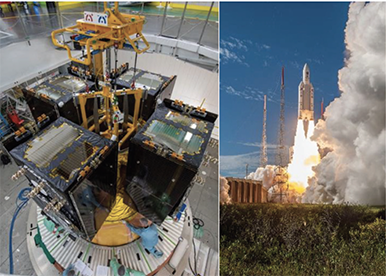Position tracking is no longer limited to fixed automotive applications or expensive handheld tracking systems.
Consumer demand combined with recent innovations in GNSS technology is making position tracking a must-have feature in a wide range of cost-sensitive applications, including cellular handsets, personal navigation systems, and other consumer electronic devices.
Position tracking is no longer limited to fixed automotive applications or expensive handheld tracking systems.
Consumer demand combined with recent innovations in GNSS technology is making position tracking a must-have feature in a wide range of cost-sensitive applications, including cellular handsets, personal navigation systems, and other consumer electronic devices.
Developing a GNSS position tracking subsystem for consumer electronic devices can appear to be a daunting challenge. Developers must not only keep down costs while maximizing performance and accuracy, they have to do so using RF technology with which they may have little experience.
Sensitivity is the key to accuracy of a GNSS receiver. The signals that a GNSS receiver tries to detect and process are buried in noise; therefore, the task of maintaining signal integrity is a key challenge for many developers.
This article describes how becoming familiar with a few key aspects of RF design can help developers avoid many of the seemingly arbitrary design decisions that can cause position tracking functionality to fail to achieve sufficient accuracy. It also highlights how developers can exploit software-based GNSS baseband architectures to reduce RF subsystem complexity while further increasing sensitivity and positioning accuracy. . .
Conclusion
. . . By understanding that RF sensitivity is the key to accuracy, developers can avoid common design pitfalls that delay time to market and increase system cost.
Additionally, by using the proper components and taking advantage of next-generation innovations such as software-based baseband processing, developers can achieve the best sensitivity and accuracy without having to become RF experts themselves.





